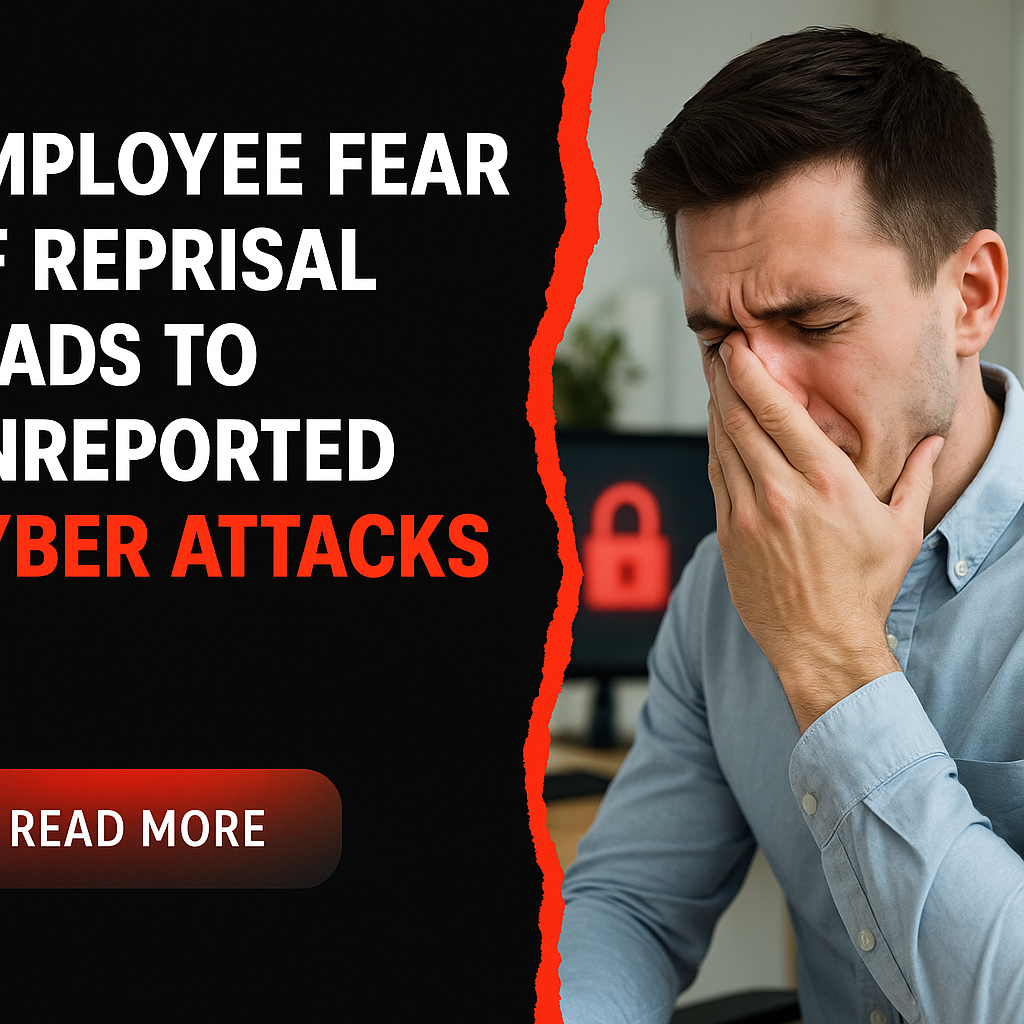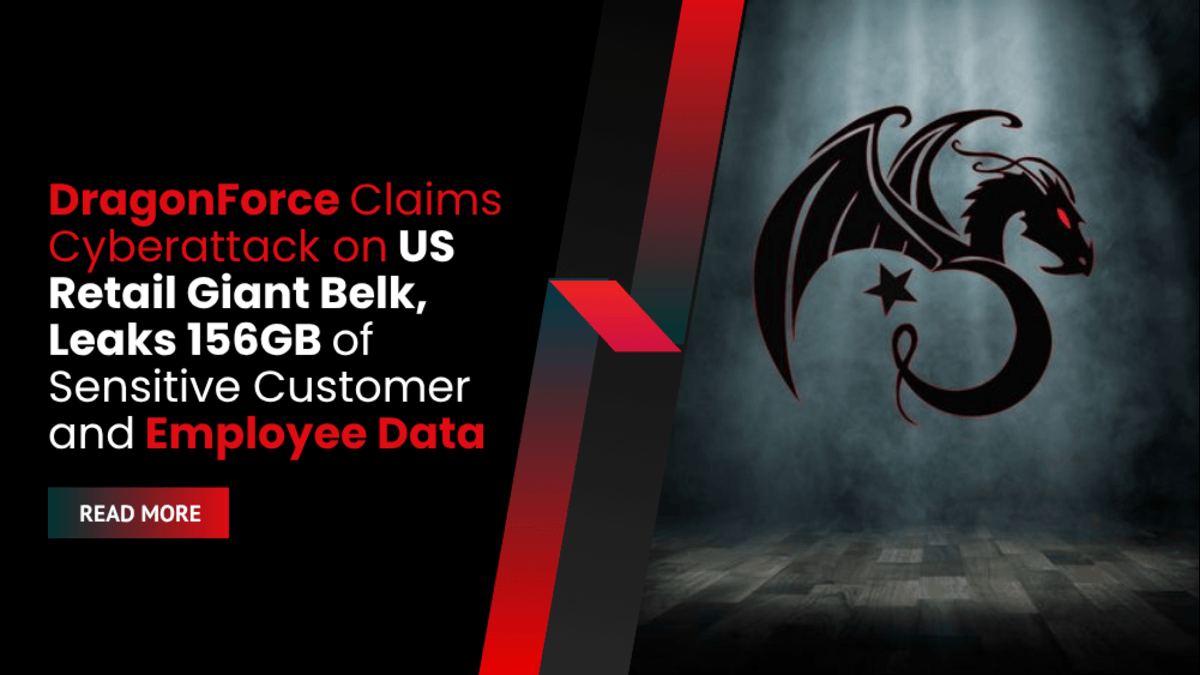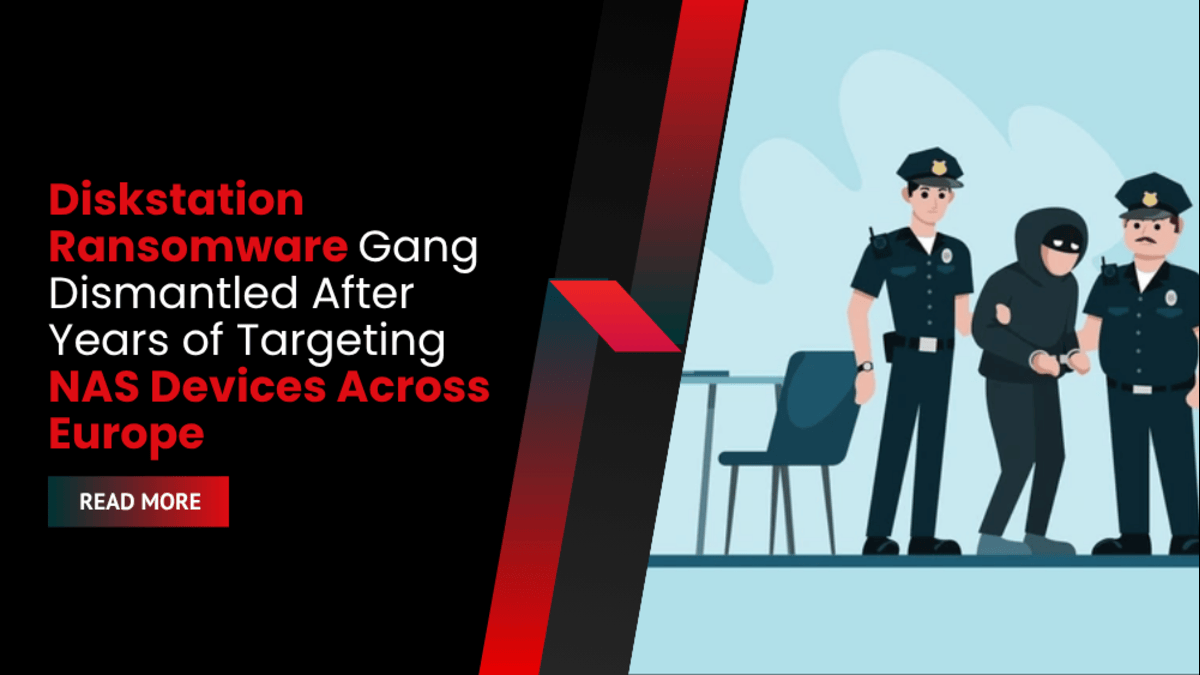Employee Fear of Reprisal Leads to Unreported Cyber Attacks: Heading
A culture of fear and blame is preventing employees—even cybersecurity professionals—from reporting suspected cyber attacks, posing a serious threat to organizational resilience. Recent research highlights the impact of workplace dynamics on incident response, revealing that nearly half of employees would rather stay silent than risk punishment.
<img src=”data:image/jpeg;base64,” alt=”Cybersecurity reporting behavior and fear impact”>
Table of Contents
- A Widespread Fear of Reporting Cyber Incidents
- Cultural Stigma Is Undermining Cyber Resilience
- Inadequate Training and Reporting Processes Exacerbate the Problem
- Even Cybersecurity Professionals Are Keeping Quiet
- Building a Transparency-First Organizational Culture
A Widespread Fear of Reporting Cyber Incidents
According to a 2025 survey by Cohesity, 39% of UK office workers say they would not report a suspected cyber attack—despite 79% claiming confidence in identifying such threats and 43% accurately identifying ransomware ITPro, TechRadar. The reasons cited for this silence include fear of punishment (17%), blame (17%), embarrassment, or simply trying to avoid “causing a fuss.”
An alarming 11% of respondents said they would attempt to resolve the issue independently, without notifying cybersecurity personnel. This avoidant behavior drastically delays detection and response—at a potentially steep cost. IBM has shown that breaches lasting longer than 200 days cost 34% more to resolve compared to those detected earlier TechRadar.
Cultural Stigma Is Undermining Cyber Resilience
This trend isn’t isolated. A ThinkCyber report from Infosecurity Europe 2024 confirmed that half of employees hesitate to report security mistakes due to fear of repercussions Infosecurity Magazine. Compounding the issue, only 51% of surveyed professionals believed that cybersecurity was valued across the entire organization. For 39% of them, only executives and security teams took cybersecurity seriously.
- Clicking malicious links in phishing emails (53%)
- Sharing corporate data outside the business (53%)
- Sharing usernames and passwords (51%)
Despite recognizing these risks, 42% of respondents admitted their companies couldn’t determine whether their security training programs were effective in changing behaviors. Nearly half (49%) lacked any mechanism to identify which user groups were engaging in risky actions.
Inadequate Training and Reporting Processes Exacerbate the Problem
Timing and context also affect how employees internalize security messages. ThinkCyber emphasized that infrequent (annual or quarterly) training fails to influence real-time behavior. Instead, contextualized interventions—delivered just before a user takes a risky action—are more effective at reinforcing secure conduct Infosecurity Magazine. By making the dangers and consequences specific, this real-time training strategy builds risk awareness precisely when it matters.
Even Cybersecurity Professionals Are Keeping Quiet
The issue of underreporting extends beyond general employees and into core cybersecurity teams themselves. VikingCloud found that 40% of cybersecurity professionals have withheld information about cyber incidents out of fear of job loss Business Wire.
Despite nearly all respondents (96%) expressing high confidence in their organizations’ ability to detect and respond to attacks, a separate finding undercut this optimism: many also admitted their companies were not adequately prepared for current threats like ransomware, phishing, or DNS attacks.
The real challenge stems from an increasing threat volume—49% of companies reported more cyber incidents in the past year—and a growing skills gap in cybersecurity teams. These teams are being stretched thin, creating conditions where addressing a breach feels riskier than hiding it Business Wire.
Building a Transparency-First Organizational Culture
The consequences of unreported cyber attacks are significant. A joint report by Keeper Security and TrendCandy found that 41% of breaches were never reported to internal leadership, and 48% were kept from external authorities entirely Infosecurity Magazine. Leadership disengagement (25%) and fear of reputational harm (43%) were the most common reasons for this secrecy.
These insights underline a systemic failure: organizations are prioritizing brand and job security over transparent communication. The result is delayed response, regulatory non-compliance, and a lack of accurate situational awareness.
To counter this, experts recommend:
- Cultivating a non-punitive, transparent cybersecurity culture
- Deploying real-time, contextual security training
- Identifying and targeting high-risk user behaviors
- Reinforcing that cybersecurity is a shared responsibility—not just for executives or IT
Cohesity’s Olivier Savornin urges that organizations must approach security with a holistic strategy, encompassing planning, process, technology, and, most importantly, people ITPro.
Ignoring the human dimension of cybersecurity leaves organizations vulnerable to avoidable disaster. Until companies foster a culture where employees feel safe reporting threats—without the fear of punishment—many cyber attacks will continue to go unreported, increasing the time to detection and the damage caused.








